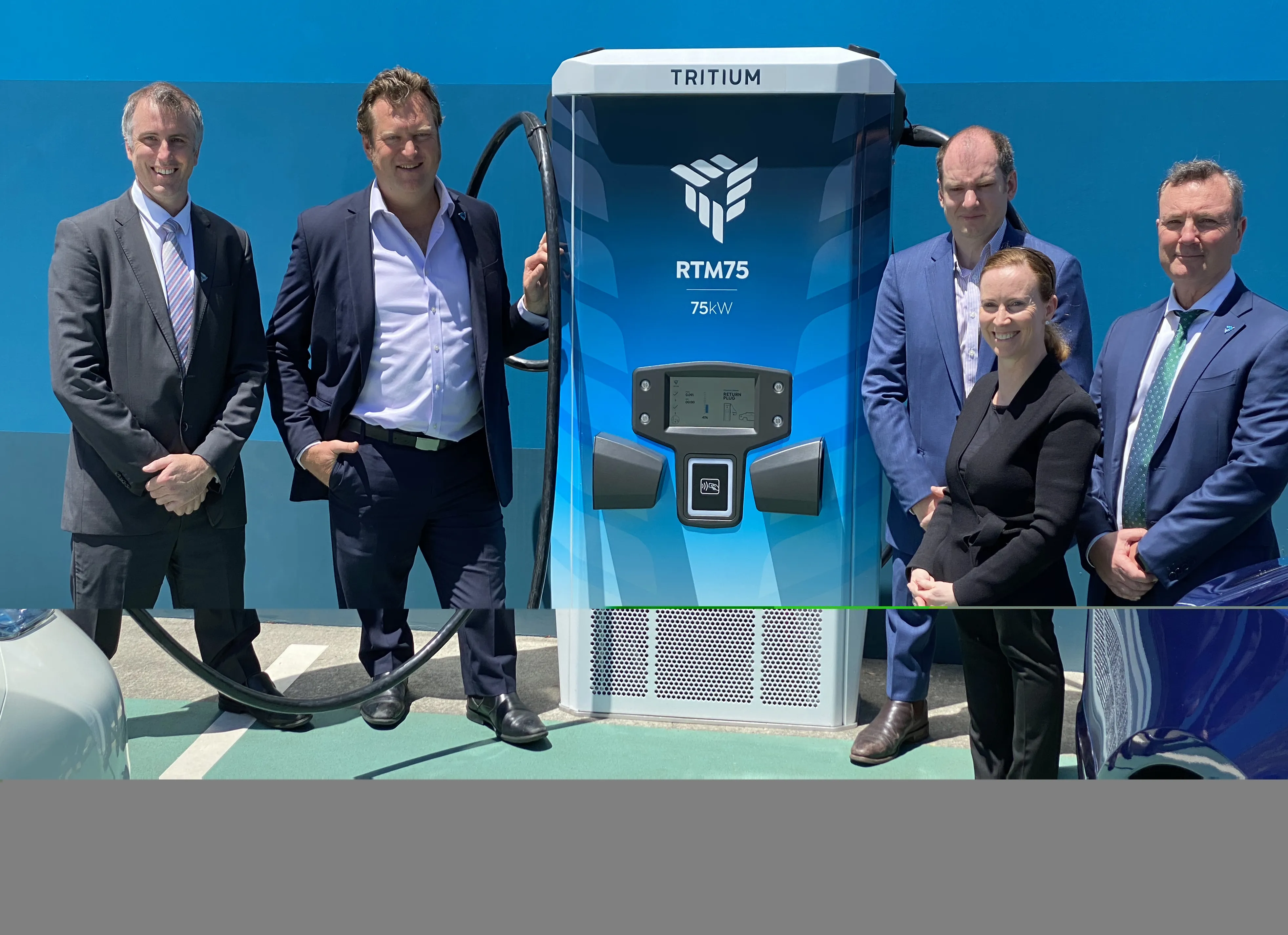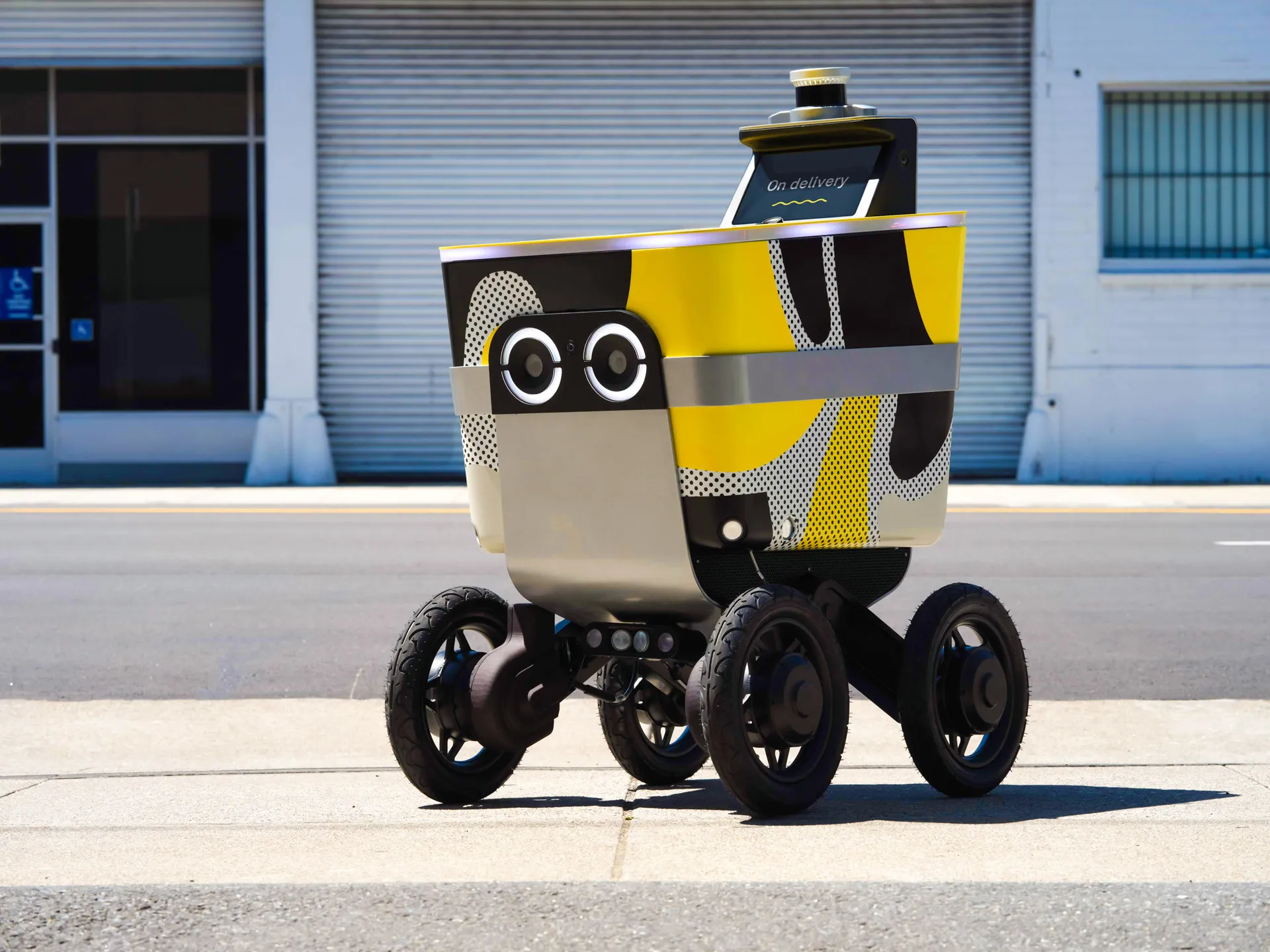
Tritium has installed an electric vehicle (EV) charger expected to provide 75 km of range in 10 minutes at Broadbeach along the Gold Coast in Queensland, Australia.
Tritium installed the RTM75 charger in collaboration with the city of Gold Coast and the Queensland government.
The company says its 75kW charger is built for urban environments and is capable of simultaneously charging two EVs at once.
It also satisfies the needs of all batteries up to 920V, the company adds.
In the coming weeks, 10 more chargers will be installed within a 50km radius, covering areas such as Broadbeach, Coolangatta, Southport, Pimpama, Bundall and Nerang.
Tritium CEO Jane Hunter says the chargers can be “installed quickly, are upgradeable and have the narrowest profile on the market, making them suitable to be installed anywhere, from retail carparks to dense urban environments”.
Tritium founder Dr David Finn says the RTM75 is the first product on the company's modular scalable charging (MSC) hardware platform.
“Tritium’s MSC hardware platform allows our customers to scale their charging sites for half the price and configure their charging sites for a desired reliability,” Finn adds.
The RTM75 is equipped with plug and charge technology, which Tritium insists removes the need for credit card payments or radio-frequency identification authentication at the charger.
According to Tritium, the charger protects electronics from dust, water, salt and other contaminants and operates in any environment from -35°C to +50°C (-31°F to +122°F).








